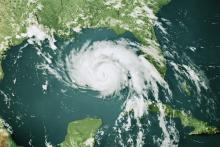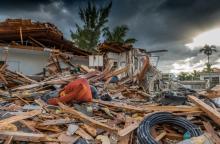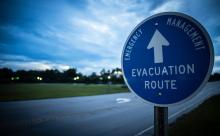Disasters
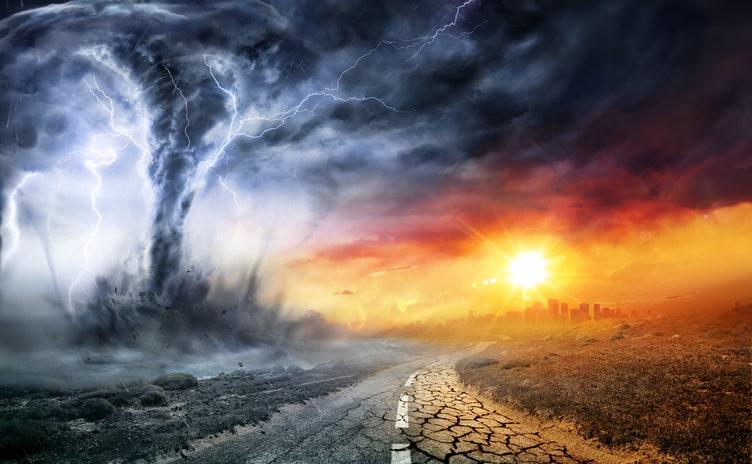
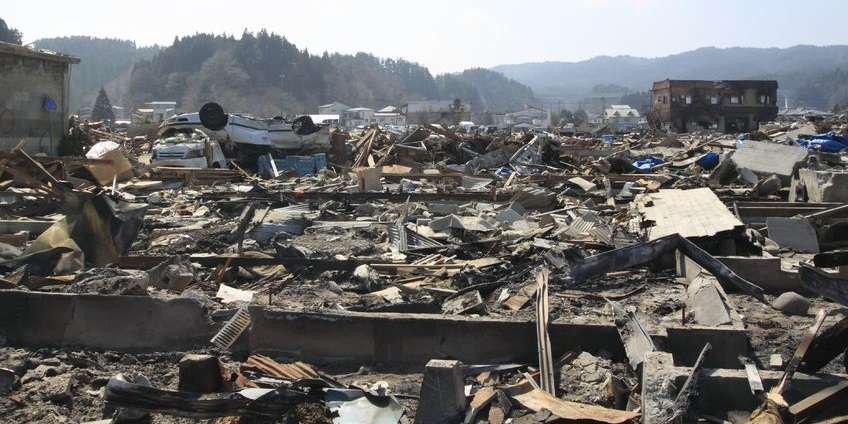
Find information about catastrophic natural and human-caused disasters. The following lists are not all-inclusive. Only disasters involving great loss of life and/or property, historical interest, or unusual circumstances are listed. For additional information and the latest disasters, see Current Events.
Natural Disasters
It's unfortunate, but many of the natural processes that keep the Earth moving can result in tragedy. The tectonic movement that protects us from solar radiation also causes earthquakes. The air pressure changes that bring rain and carry seeds also cause hurricanes. At their worst, these natural events can spell catastrophe for humans, and much of human history has been shaped by natural disasters. Read on to learn more about what these disasters are, why they happen, how we respond in afflicted areas, and some important historical examples.
Earthquakes
An earthquake, the sudden and disruptive shaking of the earth, is a result of the Earth's tectonic plates moving (this is also what causes volcanic activity). Tsunamis are massive waves most often caused by earthquakes occurring out in the ocean. Earthquakes occur everywhere, but are most common (and most devastating) in coastal regions.
Weather Disasters
While these types of disasters generally occur within particular times of year, due to the prevailing climate, they are caused by very particular atmospheric conditions. These types of disasters are best looked at together, due to substantial overlap. Hurricanes specifically form over the ocean, and as such primarily affect coastal regions. Tornadoes also have a fairly limited range of areas where they regularly form. Thunderstorms occur much more broadly.
Man-made Disasters
If natural disasters were not enough, humans have contributed their own share of catastrophic accidents. As new technology develops, unseen risks or improper precautions can result in tragedy. Even when every safety measure is taken, extreme weather can lead to disastrous consequences. Upon the invention of trains, we had train derailments. Upon splitting the atom, we had nuclear disasters. Learn about some of the most (and least) common man-made disasters, some historical examples, and how we try and prevent them.
Year-by-Year
Infoplease has rounded up some of the most notable disasters since the new millennium. These were some of the most culturally resonant (and devastating) events of their years. For more recent events, head over to our Current Events section.
Advice & Relief
In instances of disaster, you should always first check official advisories and protocols, and follow the directions put out by local emergency personnel. In addition, Infoplease is happy to offer some resources to help you learn what to expect in these unfortunate circumstances.







